It is framed in a modern black frame, American box type which suits it very well and which measures 65.5 cm by 76.5 cm and 50 cm by 61 without the frame.
Étienne Bouchaud grew up revering the landscape painters Jean-Baptiste Camille Corot and Henri Harpignies with whom his grandfather, also a painter, had worked. Bachelor of Arts in 1915, he attended the studio of Jean-Paul Laurens at the Académie Julian in 1916, then enrolled at the Académie Ranson in the studio of Maurice Denis, who took on a great ascendancy. He will remain there until his military service. He met the future painter of the navy Jean Maxence during an exam to enter the School of Fine Arts in Paris.
Mobilized in the artillery at Vannes to carry out his classes, Étienne Bouchaud was Brigadier at Troyes in the 28th Artillery. He became a volunteer in Morocco in 1918, under the protection of General Lyautey. In 1920, he traveled through Morocco with his brother Jean Bouchaud dressed as natives. He participated in the decoration of the Palais du Maroc and in the Colonial Exhibition of 1922 in Marseille. He met Othon Friesz, made a study trip to Marrakech, and obtained the Abd-el-Tif Prize of 1925. He was part of what we would call “the Môle generation” in Algiers where he painted the boys of port and reserved areas. Friend of Jean Launois, he undertakes with him and Corneau a journey in the south of France and joins Albert Marquet in La Goulette. Member of the Salon d'Automne, he regularly sends his paintings there, as well as to the Salon des Indépendants and the Salon des Tuileries.
He was appointed charge de mission in 1927 by the government of the French protectorate in Morocco, and left for Algiers in 1928, and will be there again in 1933. He worked for the Antwerp exhibition, and occupied the Paris at that time. Seurat workshop. He was called by Marshal Lyautey to create two dioramas for the palaces of Morocco and Algeria at the Colonial Exhibition of 1931. In 1935, he was appointed resident of the French Institute in Amsterdam, where he spent two years.
Étienne Bouchaud participated in the "Artists of this time" exhibition at the Petit Palais in Paris in 1938. He painted a fresco in the church of Savenay (Loire-Atlantique). He travels to Greece and the Aegean Islands with Gabriel Audisio. He sent decorative panels to the New York Exhibition in 1939 with his brother Jean, where they both presented a monumental panel on The French Expansion from the 16th to the 18th centuries. He won the Charles Cottet Prize in 1943. He returned to Algeria in 1947, in 1950 and in the following years (in Algiers and Boghari in particular). In 1950, he stayed with the composer Léo Barbès in Algiers.
Again a grant from the government of Algeria in 1955, he resides in Algiers and Boghari. He painted Les Vendanges in Algeria in 1956 for the Penthièvre II des Chargeurs de l'Ouest. Like Lucien-Victor Delpy, he is one of the rare painters of the School of Algiers to design works on the theme of the Algerian war (Honneur aux harkis (1963), Boulogne-Billancourt, Musée des Years Thirty) .
Nostalgic for Algeria and the Mediterranean world, "he lives in his work the love of nature and humanity, with humility, in a pure French naturalist tradition". After 1962, he turned to engraving and became a member of the Chalcography of the Louvre and founder of the Society of Printmaking. He stays in Perpignan and on the Costa Brava. Devoting himself more and more to printmaking, he participated in exhibitions among French painters and engravers at the Mansart gallery of the National Library in Paris (in 1964, 1965, 1966, 1967, and 1970). The National Library has sixty three of his engravings.
He brought back to Paris a series of paintings and engravings, exhibited during the Salon d'Automne in 1969. Installed in his Parisian studio in rue Falguière, his last years were dedicated to more intimate canvases with dazzling luminosity, the chromatic sense. now affected by the consequences of a cataract, interspersed with frequent stays at Pouliguen in Brittany. He exhibited one last time at the Salon of French painters and engravers in 1979.
Died in Paris, he is buried in the Mercy cemetery in Nantes.
Works in public collections
National Museum of Fine Arts of Algiers, Souvenir of the old jetty of Algiers, The Mandoline, View of Fez, The Patio of Villa Abd-el-Tif, The Quays of Algiers, La Vasque de la Villa Abd -el-Tif, Surroundings of Villa Abd-el-Tif, The Ravine of the Wild Woman in Algiers, The Port of Marseille
Oran, Zabana National Museum of Oran
Rabat, Mohammed VI Museum of Modern and Contemporary Art


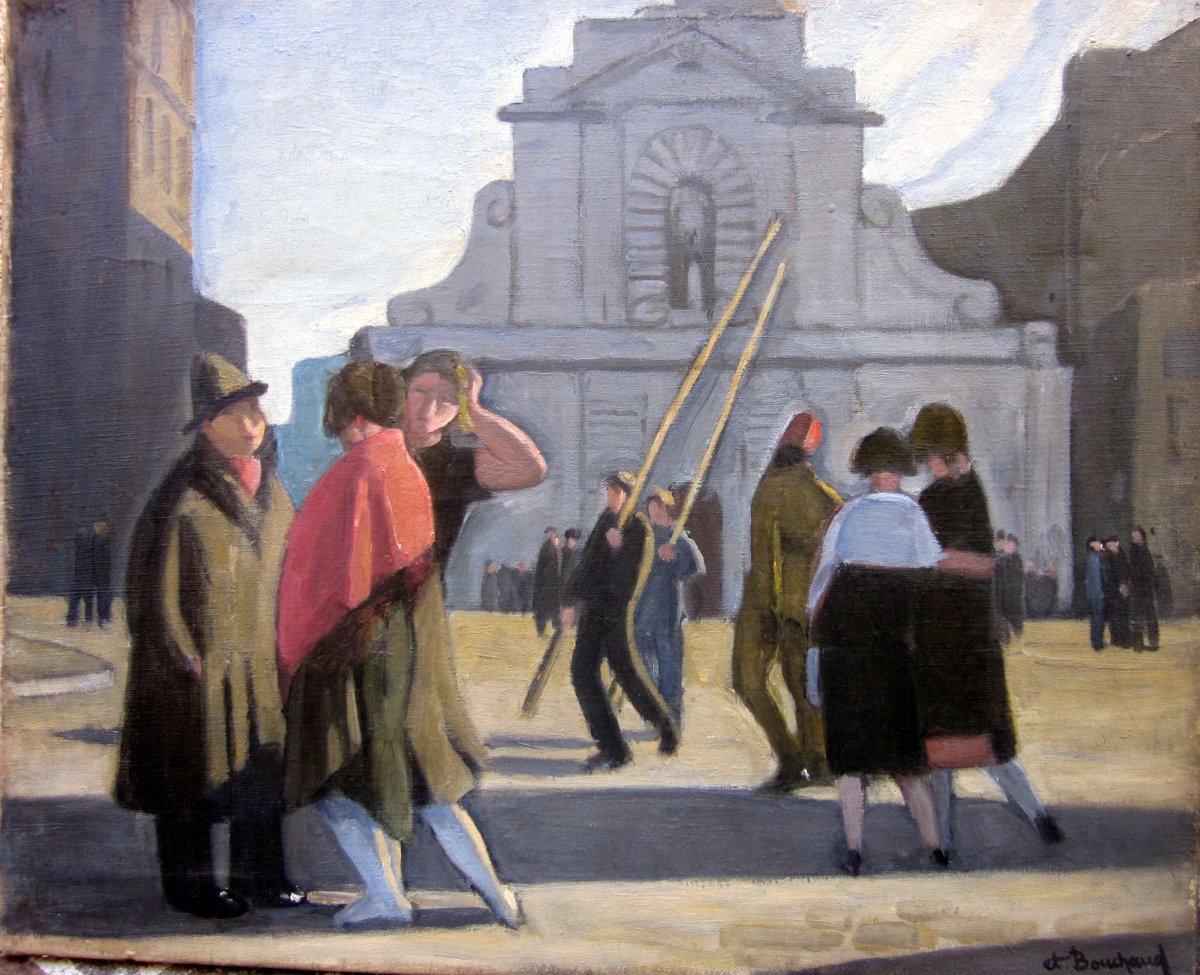
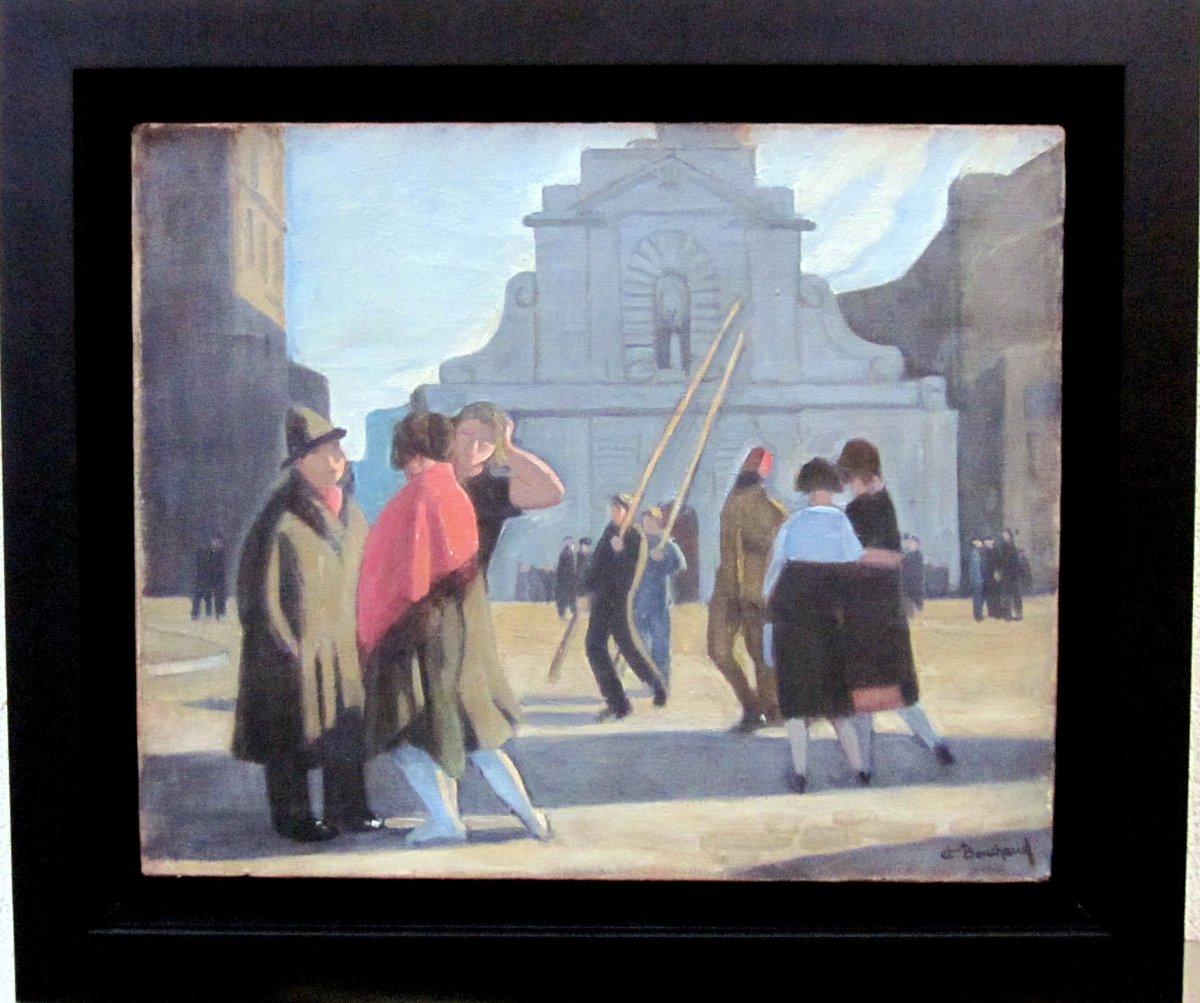
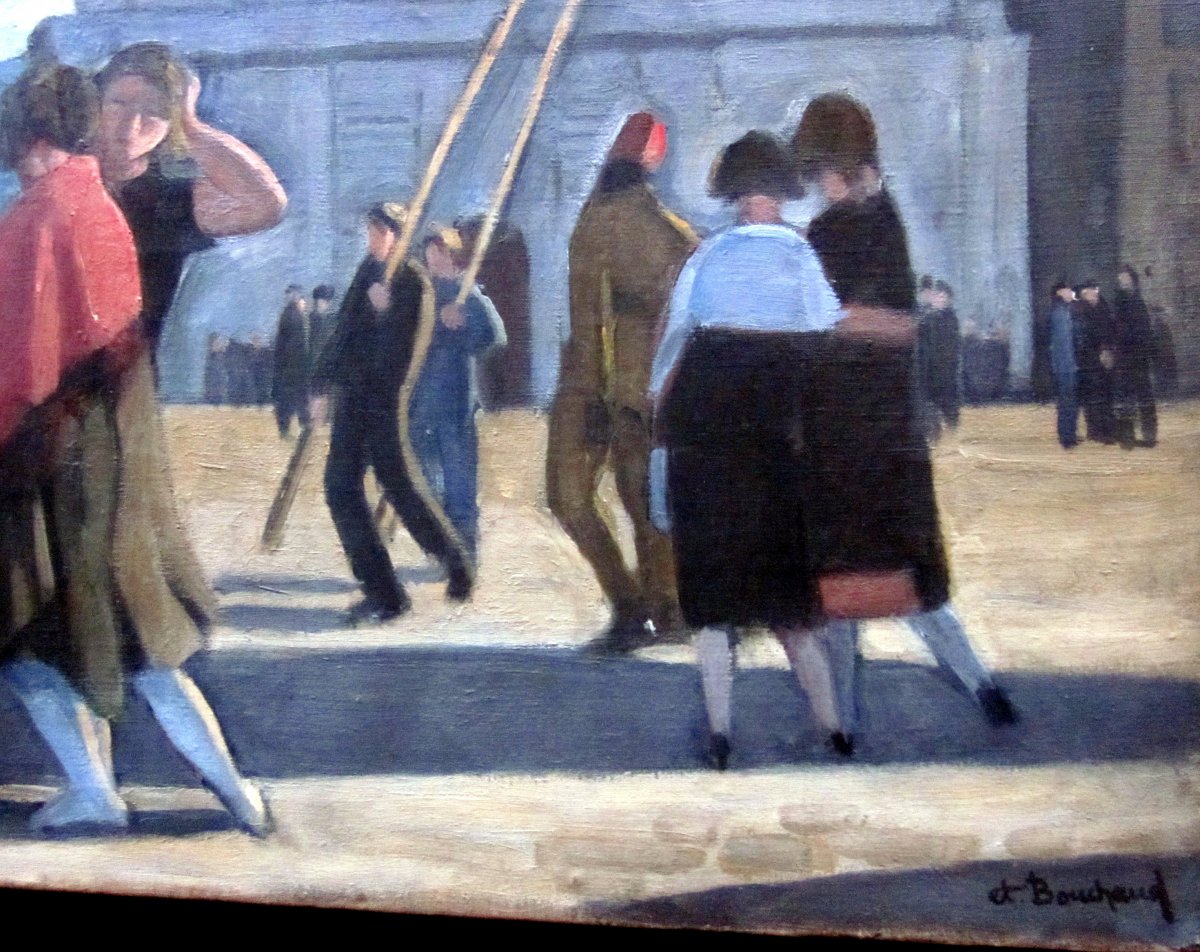
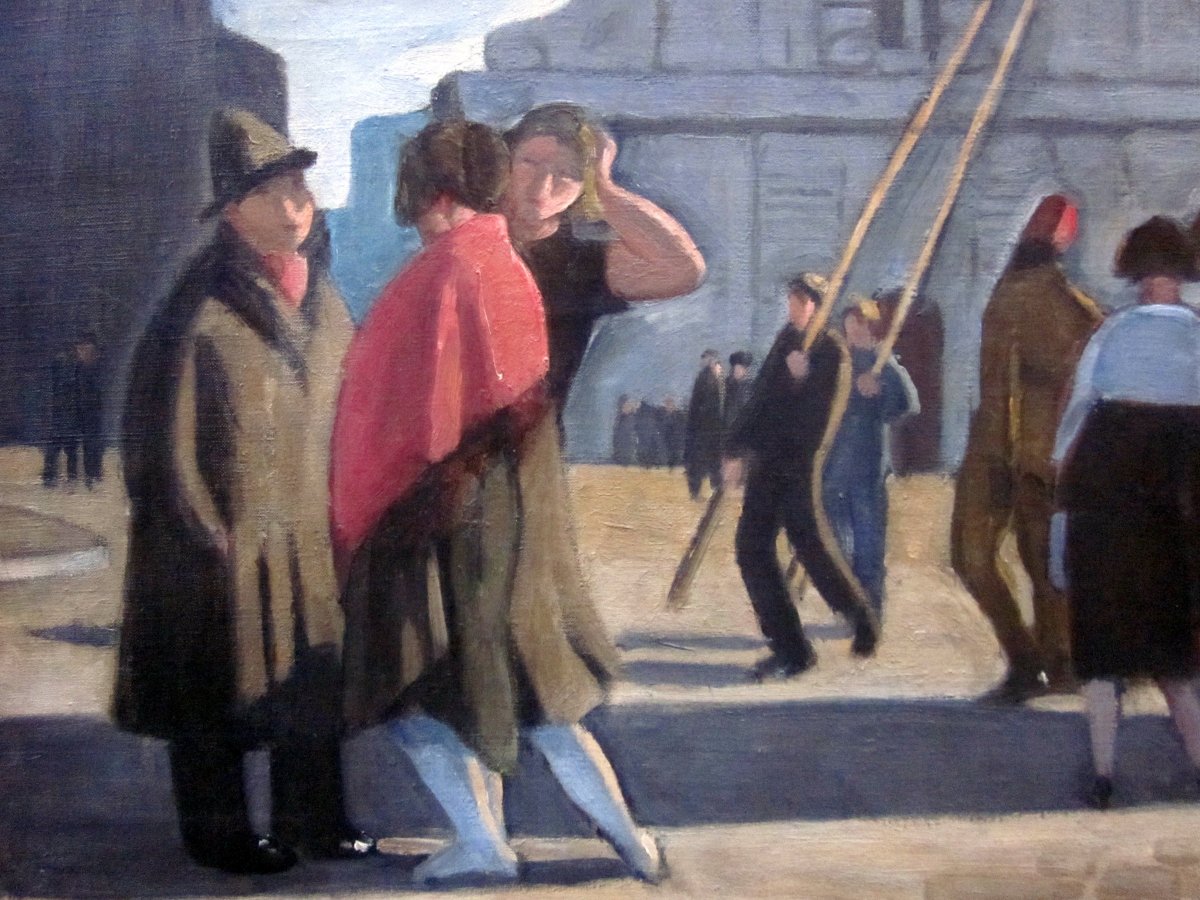
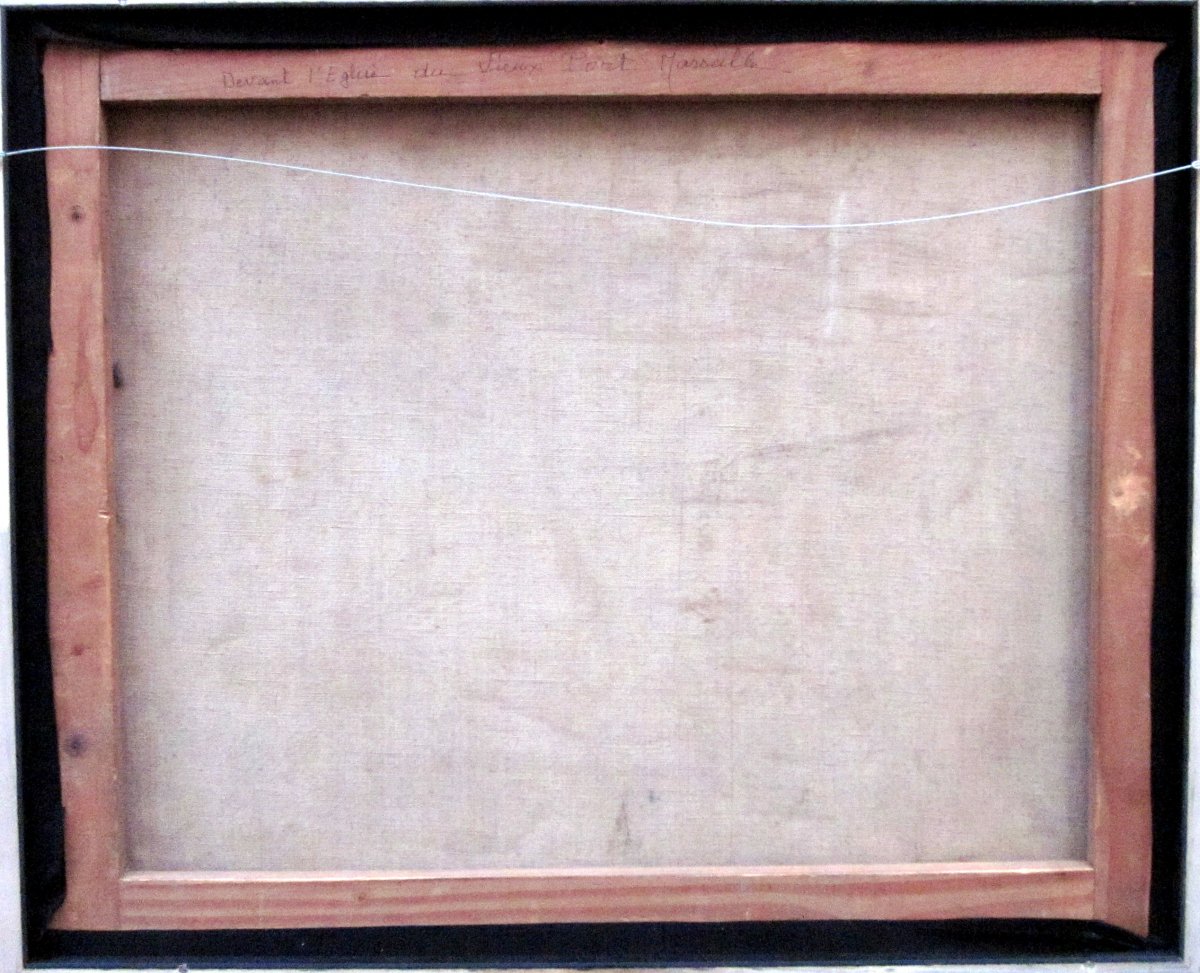
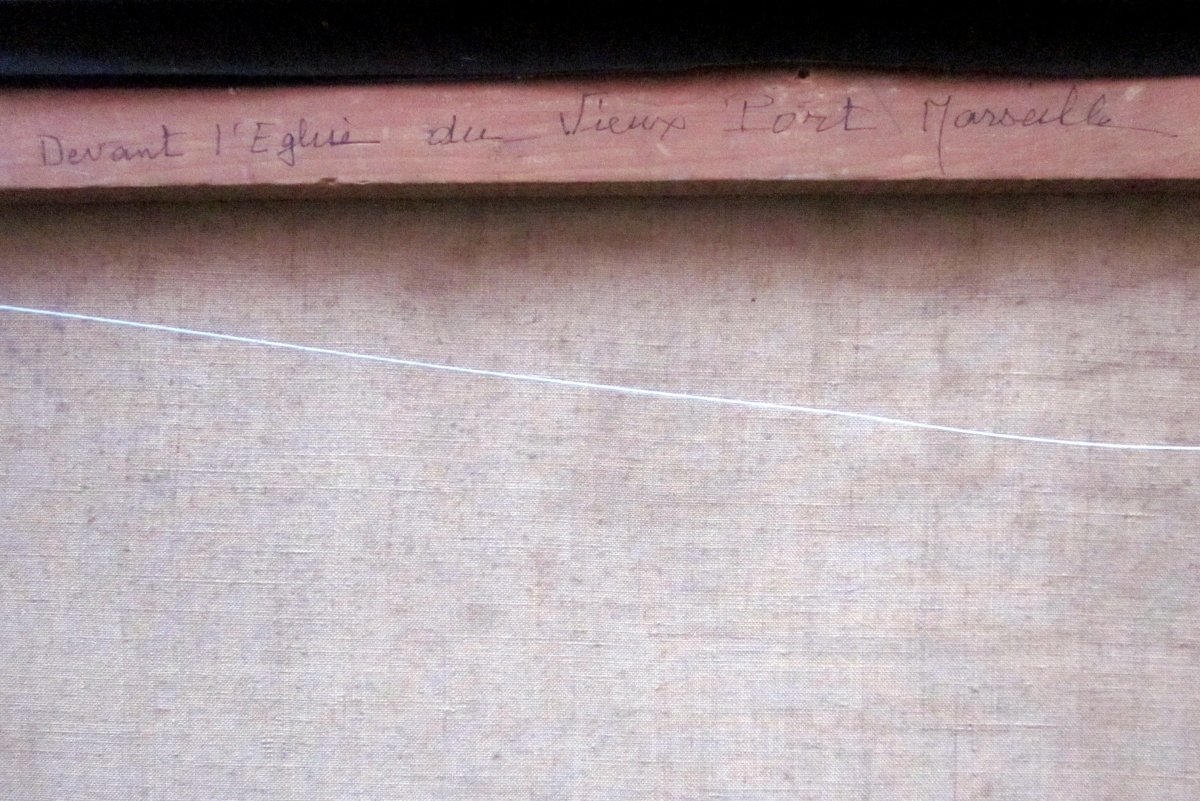









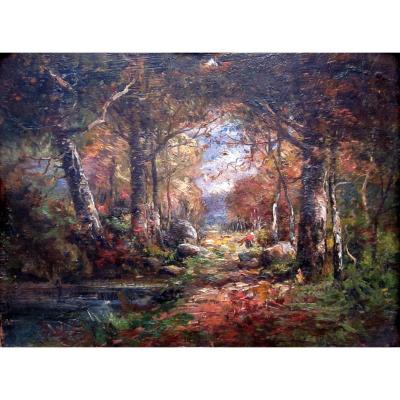
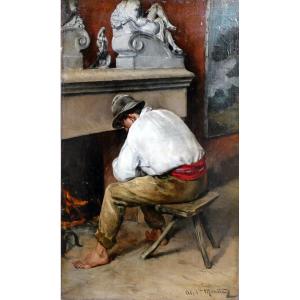

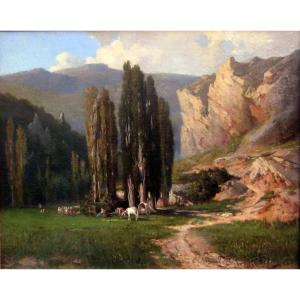
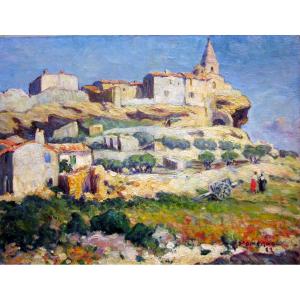
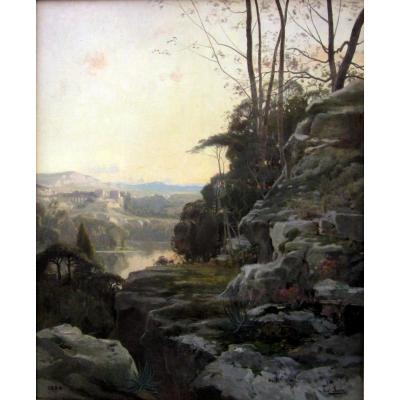
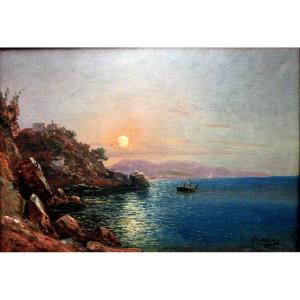

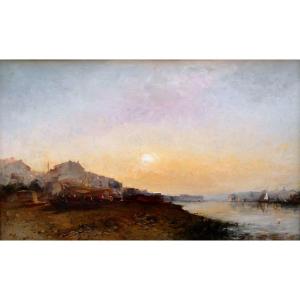

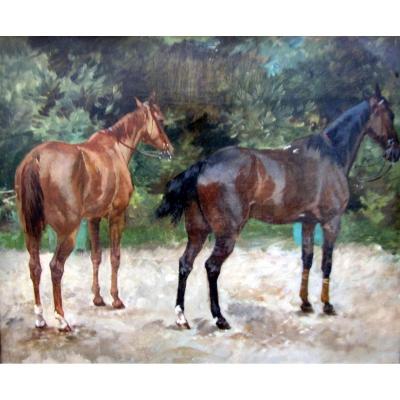

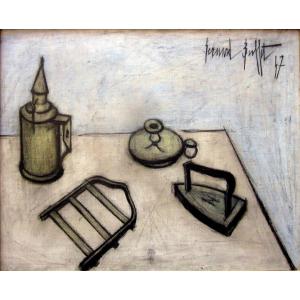
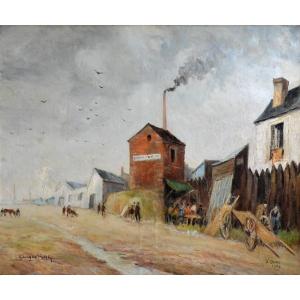

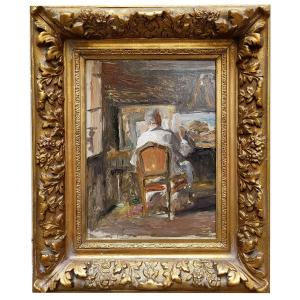





 Le Magazine de PROANTIC
Le Magazine de PROANTIC TRÉSORS Magazine
TRÉSORS Magazine Rivista Artiquariato
Rivista Artiquariato